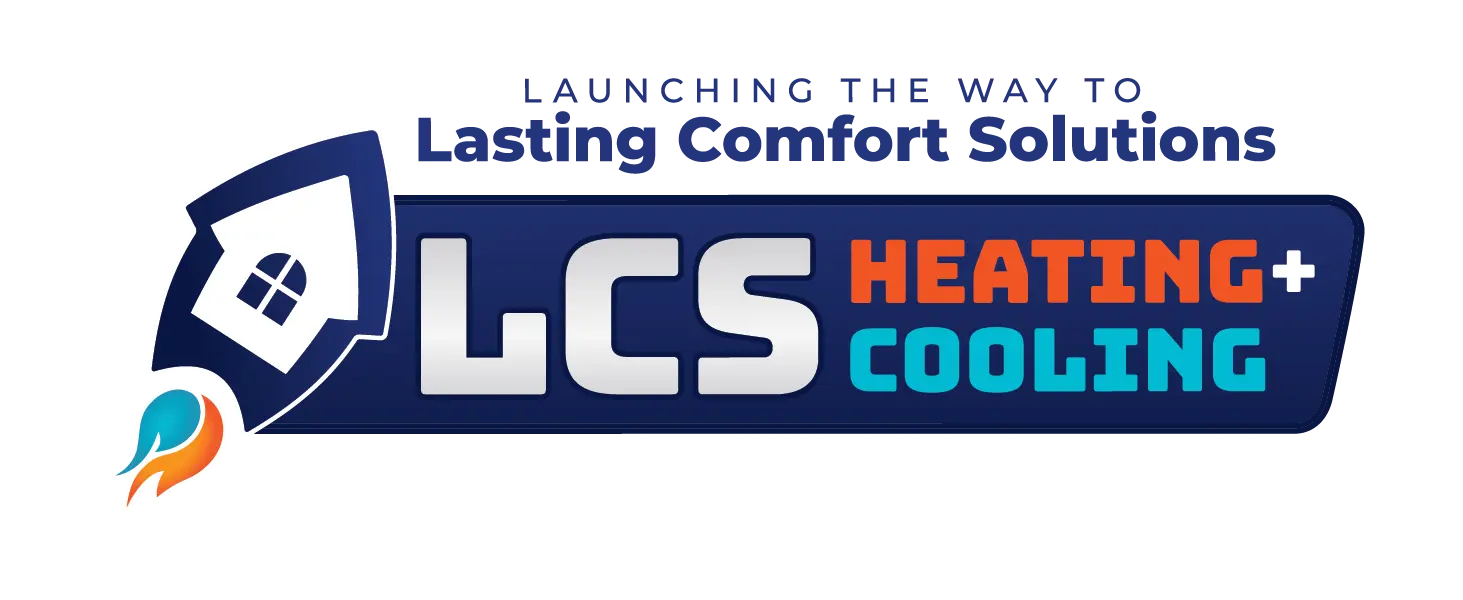The ENERGY STAR label is pretty recognizable, but that blue and white logo is more than just a pretty sticker. It’s proof from the EPA that a product is in the top tier for efficiency. And that means big savings on running your home appliances.
The label’s real goal is to help consumers identify energy-efficient products. Since the program’s inception in 1992, ENERGY STAR has helped people save an estimated $430 billion on their utility bills. But do you know what those savings actually mean for your own annual expenses?
About the Ratings
As a general rule, the ENERGY STAR label is awarded to the top quarter of products on the market. Put another way— an air conditioning unit that qualifies for the ENERGY STAR certification typically ranks in the top 25% for energy efficiency. This classification helps tell consumers which products might have a better long-term value.
You see, it’s not just about the upfront costs on major home appliances. You also have to consider how much it will cost to run the equipment every day and every year. In that sense, ENERSY STAR appliances are a lot like cars with low gas mileage. Two vehicles might cost the same on paper, but the one that can get 5 or even 7 more miles to the gallon might be a better option because it’s less expensive to run. Saving on energy costs is always better for your bottom line.
Savings with ENERGY STAR Appliances
The latest technology makes a big difference with efficiency. Check the numbers and it’s easy to see—opting for ENERGY STAR appliances is a great way to lower your utility bill every season.
Laundry Machines and Dishwashers
New “smart” features allow your machines to use less energy (and less water) when cleaning your clothes and dishes. And you still get a good clean! Laundry machines that qualify for the ENERGY STAR label require 40 to 50% less energy, and dishwashers work with 41% less energy (compared to the federal minimum standards).
Refrigerators and Freezers
Better insulation and more accurate temperature readings make these ENERGY STAR products big winners. Qualified refrigerators use at least 15% less energy, and qualified freezers use at least 10% less energy than what the current federal standards require.
Heating and Cooling
Roughly 50% of your home’s total energy costs are spent on heating and cooling. Choosing high-efficiency models can help knock down the total on your utility bills and give you some pretty noticeable savings month-to-month. ENERGY STAR air conditioners, for example, are typically 15% more efficient than other standard units.
Smart Thermostats
Pre-programed settings and WiFi features help keep your home comfortable and energy-efficient 24/7. Although the ENERGY STAR specification for programmable thermostats is no longer active, installing a “smart” thermostat is easily one of the best home upgrades you can make. Homeowners can save an estimated $180 every year on their energy costs just by making the switch to a newer model.
More Ways to Save
Your ENERGY STAR appliances aren’t just helping your lower your utility bills—they can also give you credit on your taxes. Whether you’ve upgraded some windows or doors in your home, or just swapped out your dishwasher for a newer, more efficient model, be sure to claim those credits on your taxes.
ENERGY STAR qualified central air conditioning units can give you a $300 tax credit, and the same goes for high-efficiency heat pumps. Qualified gas furnaces will get you a $150 tax credit. Check out this overview on 2016 benefits for more information. It’s another great perk of efficient equipment!
And remember: The high-efficiency ratings on your HVAC equipment heavily rely on annual maintenance. Wiring and electrical parts need to be regularly tested to make sure they’re running at peak efficiency. If you haven’t already scheduled your spring system tune-up, be sure to give LCS a call at (317) 238-3961. Our team would be happy to help you out!
March 31, 2017
Investing in home upgrades can be fun....or not so fun! Many homeowners are excited to add a sunroom, remodel a bathroom, finish a basement, pick out new flooring or granite tops. How about picking out a new furnace though? HVAC is something we need but it's not always fun to invest in because it can't be seen. HVAC is all about comfort. As homeowners consider their HVAC upgrades, we are often asked out rebates, incentives, and tax credits. Being a new year, the money available to homeowners is different than what it was last year. To keep things simple, we've listed below what's available now:
Lennox Equipment Rebates- The Lennox spring promotion is on from March 24 - June 13, 2014. Rebates ranging in price from $75 - $1,300 are available on high efficient equipment. Rebates are based on the installation of a single unit (air conditioner, heat pump or furnace) versus the installation of a full system (furnace, air conditioner or heat pump and thermostat). Rebates also vary based on the efficiency of the system. Also available are rebates ranging from $50 - $300 for PureAir filtration, zoning and solar panels.
Utility Rebates- A few of the utility companies are carrying their rebate programs into 2014.
Vectren- $150 for a 92-94% efficient gas furnace. $250 for a 95%+ efficient gas furnace. $300 for a 90%+ efficient natural gas boiler. $20 for a programmable thermostat.
Citizens Gas- $150 rebate for a 92-94% efficient gas furnace. $250 for a 95%+ efficient gas furnace. $300 for a 90%+ efficient natural gas boiler. $20 for a programmable thermostat.
Duke Energy- $200 for a 14+ seer heat pump with ECM fan on indoor unit. $200 for a 14+ seer air conditioner with ECM fan on indoor unit. $200 for 10.5+ EER geothermal heat pump.
Vectren and Citizens Gas also offer rebates for duct sealing, attic insulation and wall insulation. See their websites for insulation specifications. IPL's residential rebate program ended in 2013.
Federal Tax Credit- The federal tax credit available for 2014 is a 30% tax credit on the installation of solar panels, wind energy and geothermal heat pumps. This tax credit will remain in effect until December 31, 2016.
If you are considering an upgrade to high efficient equipment, now is a great time to do so. Why not save some $$$ that you'd otherwise be spending? There are always options when it comes to HVAC systems, energy efficiency and comfort. Contact us anytime for a free quote!
March 19, 2014
Solar Energy and HVAC- Is It Worth Considering?
Did you know that HVAC systems can be powered by solar energy? This isn't terribly new, but the way solar can power your HVAC has evolved over the last few years. Is it something that could be an option for you? Is it worth it?
Indiana is known for its drastic temperature swings and four seasons. For this reason, many people assume that Indiana doesn't get enough sunshine to really take advantage of solar power. While the energy savings in Indiana may not be as significant as the energy savings in Florida, it is still something to consider.
While an HVAC installation is an investment, the federal tax credit and utility rebates are still in effect for high efficient equipment and solar energy. Through December 31, 2016, the federal tax credit for solar systems is 30% of entire installation cost with no maximum allowance. If there is an excess tax credit, that excess is generally carried over to the following tax year.
In addition, solar usage has come a long way in just a few years! When solar first came on the market in the HVAC industry, it was basically a single solar panel that attached to the outdoor unit. It's a little different today. Since we are an independent Lennox dealer, I'm going to discuss this in terms of Lennox equipment. Some models of high efficient Lennox equipment are "solar ready." This means that the new equipment can be installed and the solar panels can either be installed at the same time, at a later date, or never! Up to 15 panels can be installed for each air conditioner or heat pump. You can even start with just one or two panels and add more at a later time. The solar energy generated is first used to power the air conditioner or heat pump. If the HVAC system is not running, that energy is then used to power other appliances, lighting and electronics.
A communication module also sends data to a website so you can monitor your system at any time! Data that is accessible on the website include energy production, system performance and environmental benefits.
So, is it something to consider? We'd say so! It's worth learning about to see if a solar investment makes sense for you and your home or business. Contact us anytime for more information or with questions!

